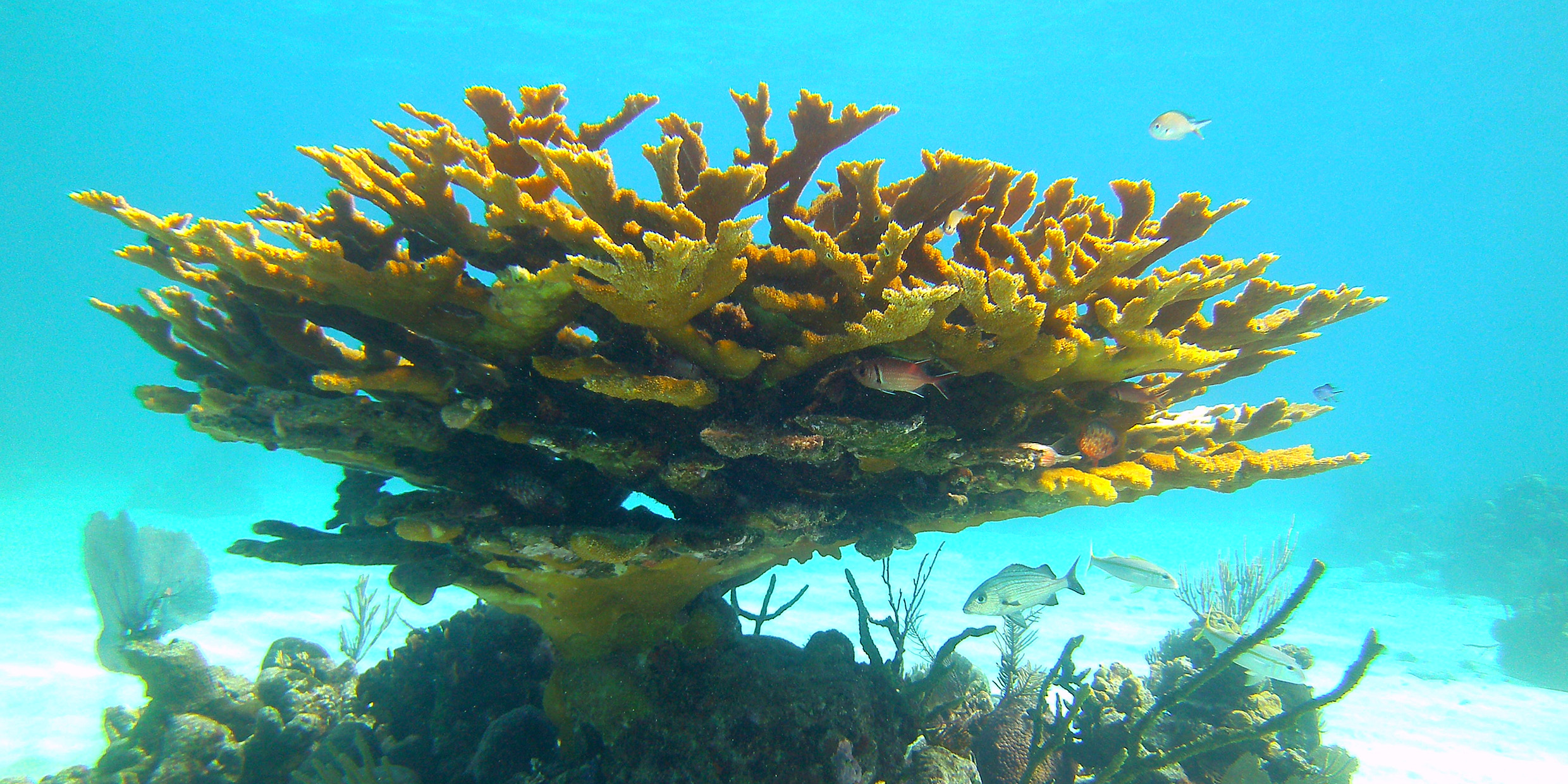Originally published 1 January 1990
Where would you go if you wanted to study the retreat of glaciers at the end of the last ice age? To the northern parts of Europe and North America, of course. To the places where the glaciers lay upon the land. To the places where ice scraped rock, carved valleys, and deposited ridges of rubble and plains of silt.
Wrong! Consider this statement by climatologist Richard Fairbanks in a [December 1989] issue of Nature: “The fossil coral reefs surrounding Barbados are a very good system for examining the detail and timing of the last deglaciation.”
Barbados? That tropical paradise? That sun-drenched Caribbean island? To study continental glaciers?
Well, yes. When glaciers melt, the water goes into the sea. Sea levels rise. Not just adjacent to the ice, but everywhere. Even in the tropics the waters rise, creeping up the slopes of island paradises. And the creatures that live in the sea creep up the slopes with the water.
Drilling for coral
Fairbanks went to Barbados and drilled into the sea floor at different distances from the present shoreline. He was looking for reefs constructed by the coral Acropora palmata. This fast-growing coral lives only in the upper few meters of tropic waters. If Acropora palmata reefs are found at greater depths in the coral banks surrounding the island, it means that sea levels were once lower than they are today.
Fairbanks used carbon-dating to determine the ages of coral from his bore holes. These, combined with depth measurements for the reefs, yielded a remarkably detailed schedule for the rise of the sea at the end of the last ice age.
His data confirmed what other researchers had suspected: The most recent ice age ended in two distinct pulses of melting. The first phase culminated with a rapid sea-level rise of 24 meters centered about 12,000 years ago. Then followed a hiatus, a time of slower melting, lasting about 1,000 years. Finally, the ice age came to a conclusive end with another sea level rise of 28 meters, about 9,500 years ago.
What is remarkable about this work is the way a tiny tropical reef-building organism maintained a permanent record of deglaciation on continents thousands of miles away.
But what caused this two-step retreat of the ice? What turns ice ages on and off? Clues for solving these riddles can come from almost anywhere. Climatologists in pursuit of answers go to unlikely places — to the coral reefs of Barbados, to the top of the atmosphere, to the bottom of the sea.
Or to the present-day ice caps on Greenland and Antarctica, which have been accumulating ice for thousands of years. Glacial-age ice can be recovered by drilling a mile or more down into the ice caps. But how can ice tell us anything about past climates? Ice is ice is ice, right?
Wrong again! Air bubbles trapped in the ice are tiny samples of the Earth’s atmosphere at the time the ice formed. The bubbles can be analyzed. They show, for example, that during the last ice age the amount of carbon dioxide in the atmosphere was about two-thirds of its present level, an observation of relevance to the vexed question of future greenhouse warming.
Deep ice from Greenland and Antarctica is dusty, dustier than ice near the surface, suggesting that the world was drier and more desert-like during the glacial age.
Finally, and most astonishing of all, the atomic composition of glacial ice is a clue to climate.
Heavy and light oxygen
Ice is water, and every water molecule contains an oxygen atom. Oxygen comes in two forms: oxygen-16, the common form, and oxygen-18, which is slightly heavier. Light water molecules are more readily evaporated from the sea by the sun, and heavy water molecules fall more quickly back into the sea as rain. Moisture in the air is therefore richer in light oxygen compared to the sea. And when water vapor is stored on the land in the form of ice, the amount of light oxygen in the sea is reduced.
The relative amounts of heavy and light oxygen in ancient ice from Greenland and Antarctica is a measure of the thickness and extent of continental glaciers at the time the ice formed.
A rose may be a rose may be a rose, but ice is hardly only ice. A chunk of ice pulled up from deep in present-day ice caps is a rich depository of information about the past.
Corals from Barbados, air bubbles from Antarctica. The moral of the story is this: The world is all of a piece. The web of climate is intricate indeed. A twitch in one part of the web is felt in every other. As scientists confront the complexity of past climate systems, the more they realize the difficulty of predicting the future.



